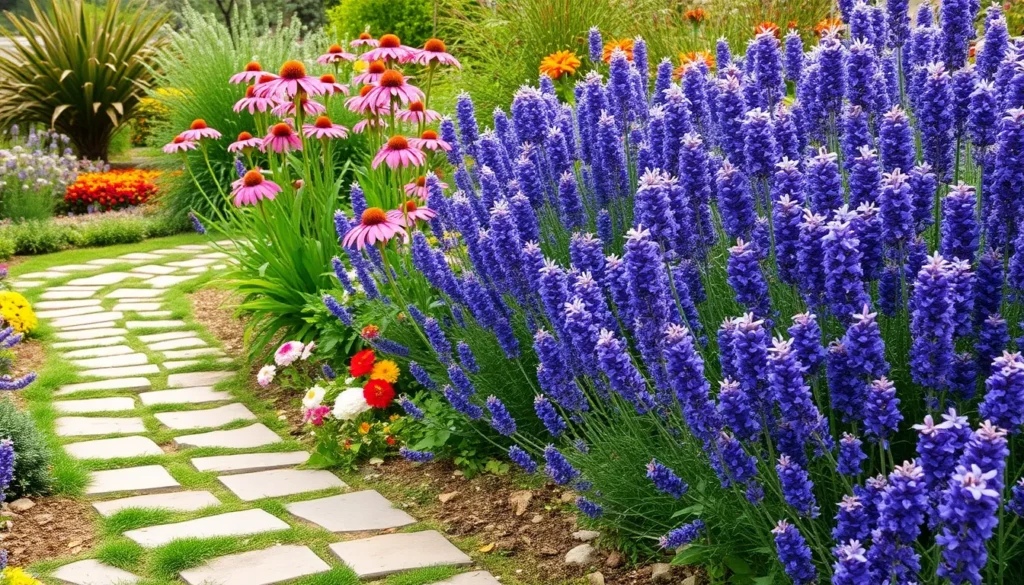Spring is the season of renewal, where gardens burst to life in a symphony of colors and fragrances. Whether you’re just beginning your gardening journey or have years of experience nurturing landscapes, selecting the right perennials is key to creating a vibrant, beautiful spring garden. With their ability to return year after year, perennials offer a delightful promise of enduring beauty and a foundation for a garden that grows more splendid with each passing season.
In this guide, you’ll discover a curated list of the best perennials to transform your spring garden into a breathtaking oasis. These selections are not just about aesthetics; they’re chosen for their resilience, ease of care, and ability to thrive in various climates. As you explore our recommendations, you’ll equip yourself with the knowledge to craft a garden that not only delights the senses but also simplifies your gardening routine. Embrace the joy of watching your outdoor space flourish with confidence, knowing that these perennials are the perfect companions for both novice and seasoned gardeners alike.
Peony Varieties (Long-Lasting Blooms)
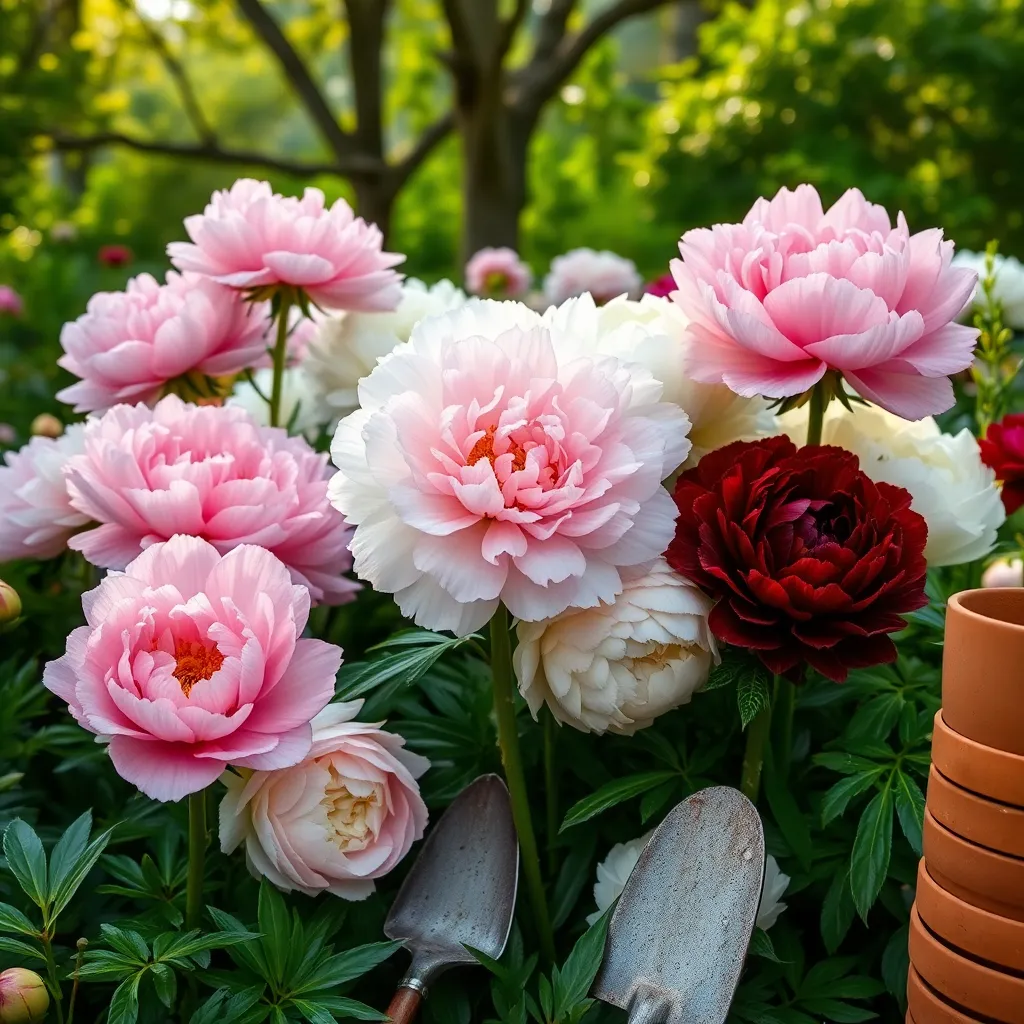
Peonies are a gardener’s delight, known for their long-lasting blooms and stunning display of colors. These perennials thrive best in full sun but can tolerate partial shade, making them versatile for various garden settings.
To ensure your peonies bloom beautifully, plant them in well-drained soil enriched with organic matter. Mixing some compost or aged manure into the planting area can greatly enhance soil fertility and drainage.
Beginner gardeners should note that peonies prefer a cool climate and require a winter chill to bloom successfully. In warmer regions, consider planting them in spots that offer some shade during the hottest part of the day.
Water peonies deeply and regularly, especially during dry spells, but avoid waterlogging the soil. For advanced gardeners, deadheading spent blooms can encourage stronger root growth and more vigorous plants for the following year.
Hostas (Shade-Loving Foliage)
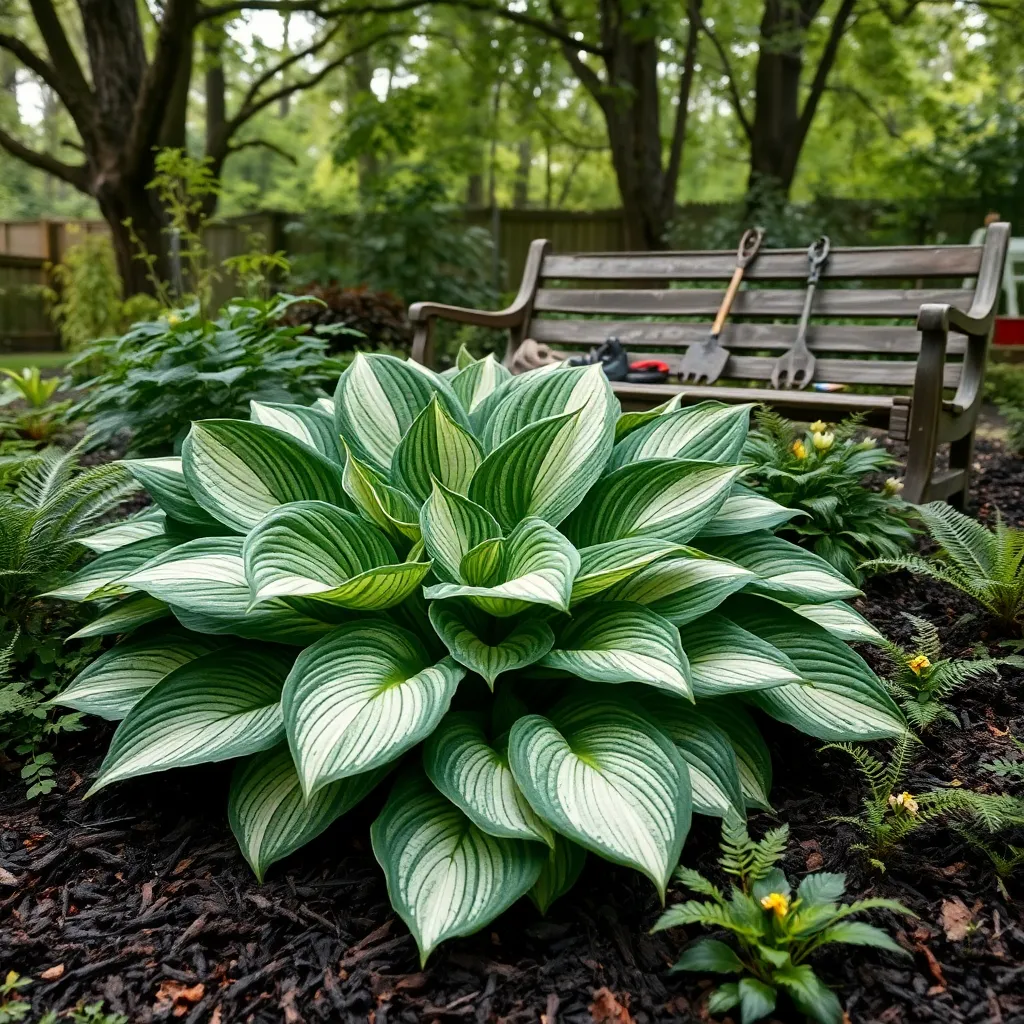
Hostas are a fantastic choice for gardeners looking to add lush, green foliage to shady areas of their garden. They thrive in partial to full shade, making them perfect for spots where other plants might struggle to grow.
To cultivate healthy hostas, plant them in well-drained soil enriched with organic matter such as compost. This ensures they receive the necessary nutrients and moisture retention to promote robust growth.
Water hostas deeply once a week, providing about an inch of water each time, to keep the soil consistently moist but not waterlogged. Mulching around the base of the plant with shredded bark or wood chips helps conserve moisture and suppress weeds.
For advanced gardeners, consider dividing hostas every three to four years in early spring or fall to rejuvenate the plants and promote vigorous growth. This process not only helps manage their size but also provides you with more plants to expand your garden or share with fellow gardeners.
Daylilies (Low-Maintenance Beauty)
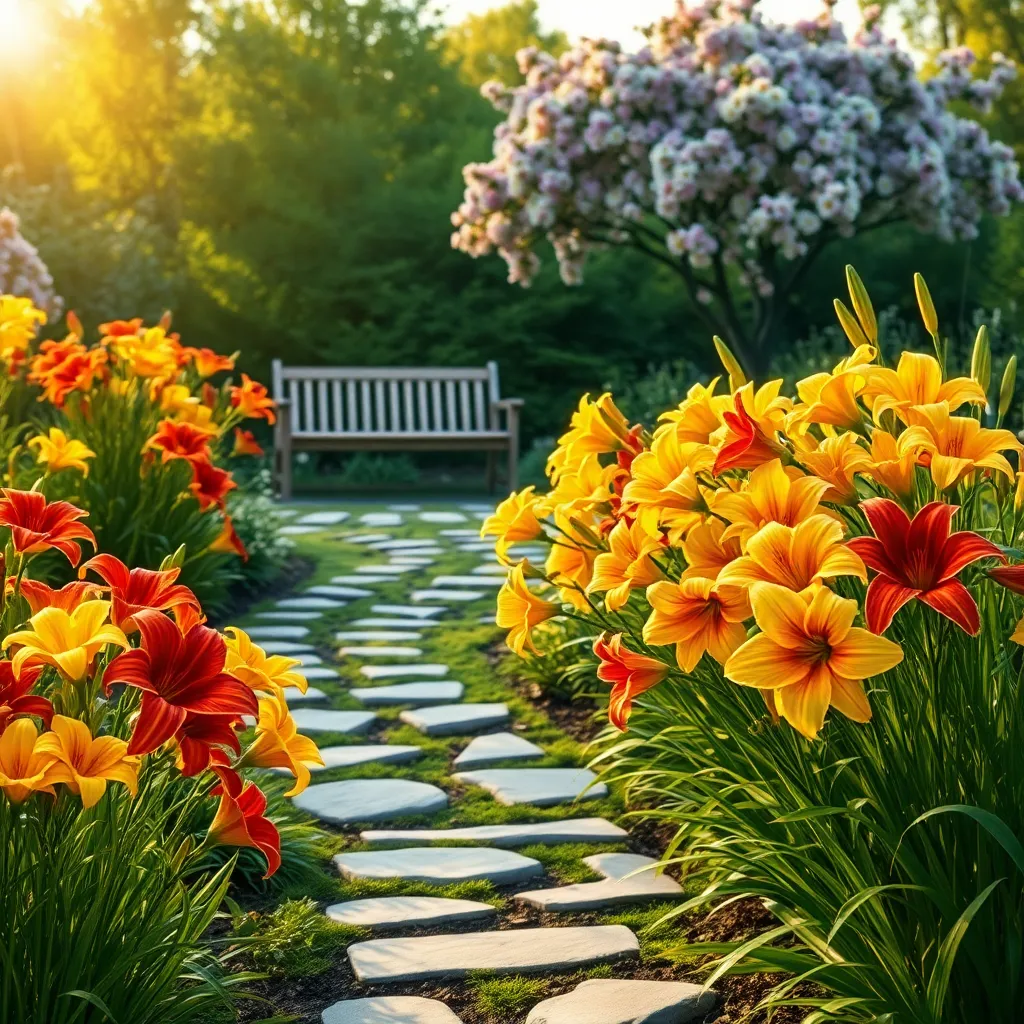
Daylilies are a fantastic choice for gardeners seeking vibrant color with minimal effort. These hardy perennials thrive in a variety of conditions, making them suitable for regions with diverse climates.
For optimal growth, plant daylilies in well-draining soil enriched with organic matter. They prefer full sun but can tolerate partial shade, making them versatile for different garden spots.
Water daylilies deeply but infrequently, allowing the soil to dry out between waterings. This encourages strong root development and reduces the risk of rot.
To keep your daylilies thriving, consider deadheading spent blooms to encourage more flowers throughout the season. An annual application of balanced fertilizer in early spring can also enhance their growth and flowering.
Creeping Phlox (Vibrant Ground Cover)

Creeping phlox is a stunning perennial that provides a vibrant carpet of color in spring. It thrives in well-drained soil, making it ideal for rocky or sloped areas where other plants might struggle.
To achieve the best results, plant creeping phlox in an area that receives full sun to partial shade. Regular watering is crucial during its first year to establish a robust root system, but once established, it is fairly drought-tolerant.
For gardeners looking to create a lush ground cover, consider spacing plants about 12 to 18 inches apart to allow them to spread effectively. This plant can also be used to cascade over walls or fill in gaps between stepping stones, adding a dynamic element to your garden design.
To encourage dense growth, trim back the stems after the flowering period. This not only maintains a tidy appearance but also promotes a stronger bloom the following spring, rewarding your efforts with a spectacular display year after year.
Russian Sage (Drought-Tolerant Elegance)
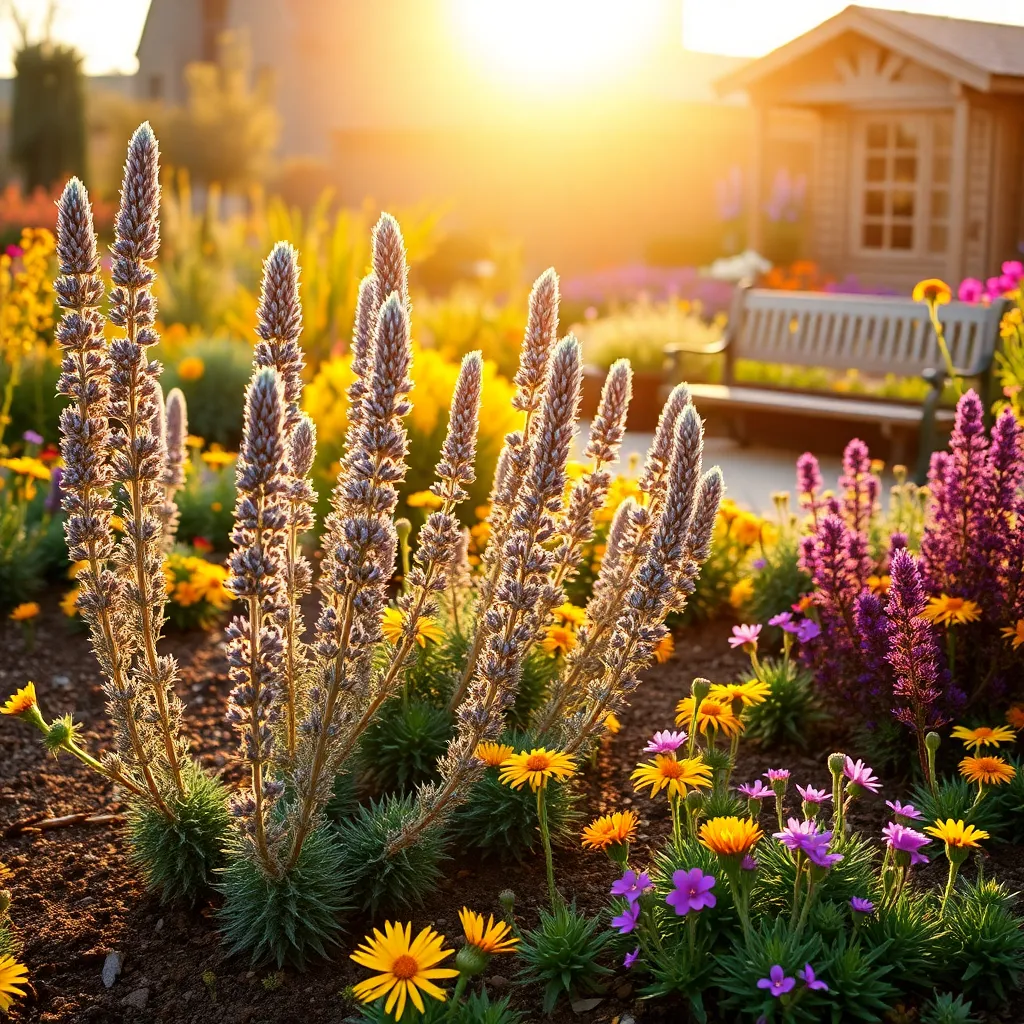
Russian Sage is an excellent choice for gardeners looking to introduce **drought-tolerant elegance** into their spring landscape. This perennial thrives in full sun and well-drained soil, making it ideal for areas with hot, dry summers.
To plant Russian Sage, begin by selecting a location that receives at least six hours of sunlight daily. Amend the soil with sand or gravel if necessary to improve drainage, ensuring the roots are not sitting in waterlogged ground.
Water young plants regularly until they are established, tapering off as the plant matures and becomes more drought-tolerant. Once established, Russian Sage requires minimal watering, making it a low-maintenance option for busy gardeners.
For best results, prune Russian Sage in early spring before new growth appears, cutting back the stems to about 12 inches above the ground. This encourages a **bushy, robust growth habit** and maximizes the plant’s flowering potential during the season.
Conclusion: Growing Success with These Plants
As we conclude our exploration of the best perennials for a beautiful spring garden, let’s recap the five key relationship concepts we’ve uncovered: communication, patience, nurturing, adaptability, and longevity. Just as perennials return year after year, these foundational elements can help our relationships flourish season after season. Embrace open communication to understand your partner’s needs, practice patience as you grow together, nurture your bond with care and attention, adapt to changes with resilience, and focus on building a lasting connection.
To start implementing these concepts, take a moment today to have a meaningful conversation with your partner, expressing appreciation and setting a positive tone for your shared future. As you embark on this journey, remember to bookmark this article for a handy reference, ensuring that these insights are always within reach.
By planting these seeds of wisdom in your relationship, you are cultivating a partnership that will thrive and bloom beautifully over time. Here’s to nurturing relationships that not only withstand the seasons but blossom into lifelong success. Save this article now and return whenever you need a gentle reminder of the path to a thriving relationship garden.

